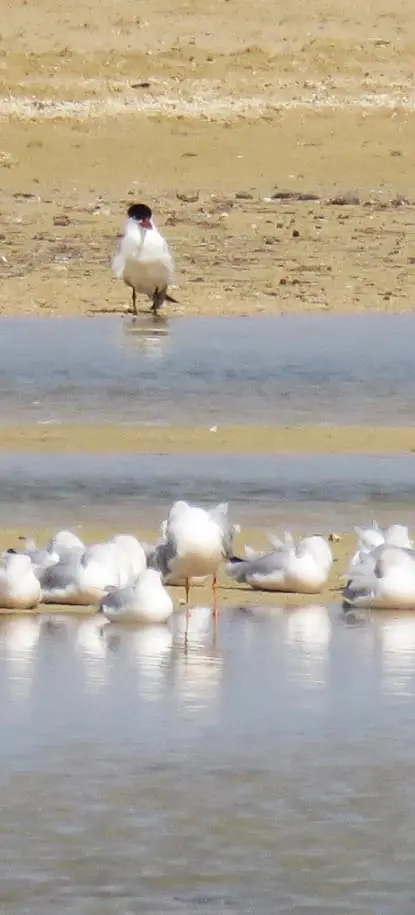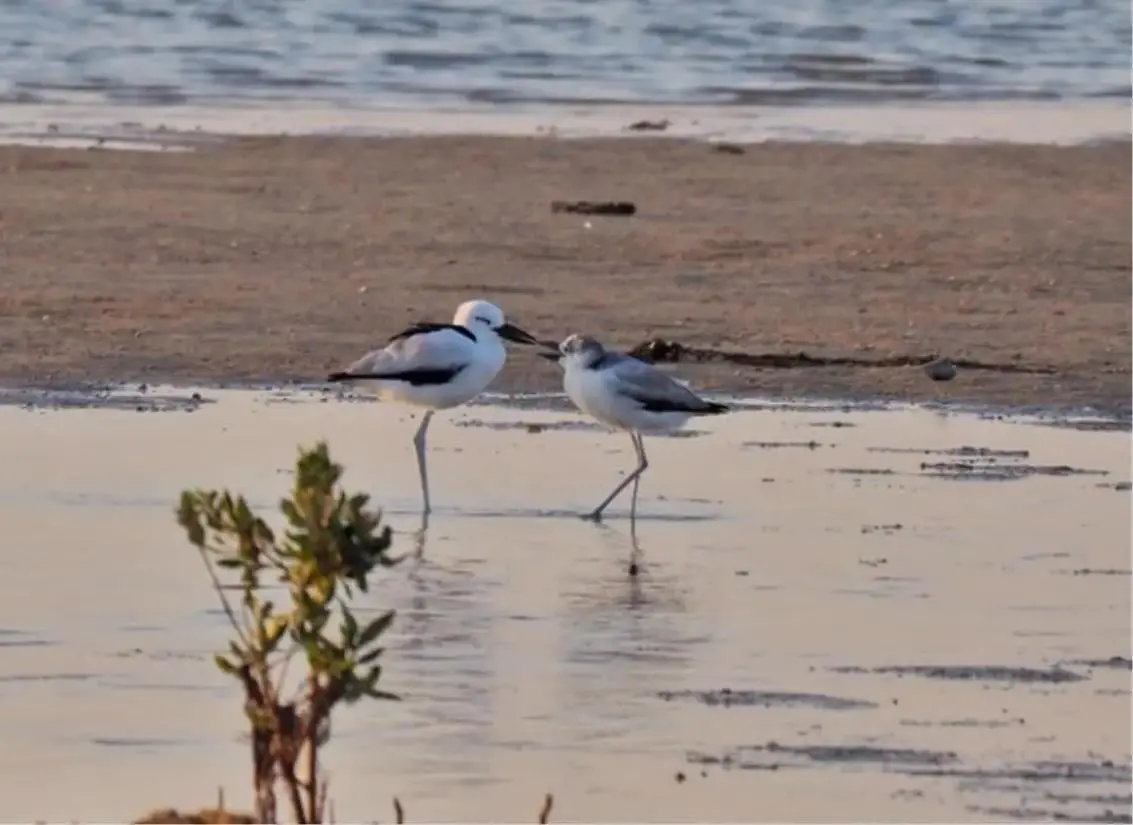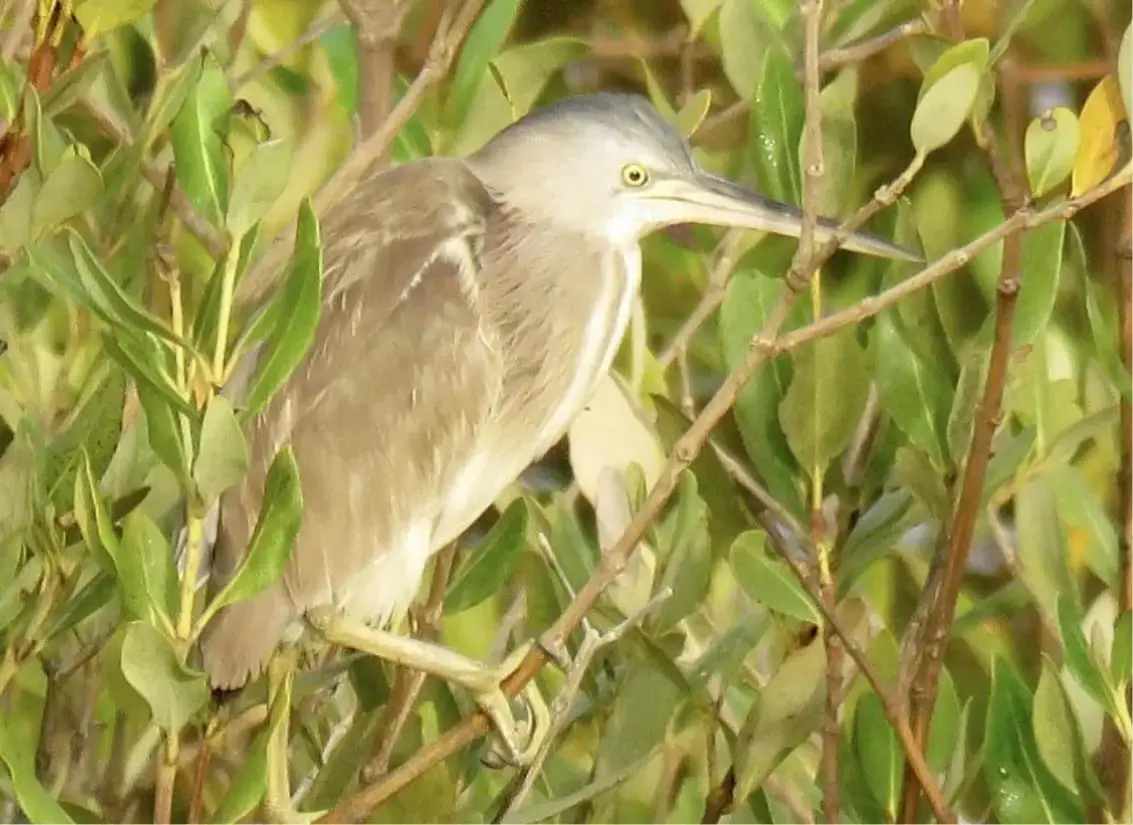




Quick Links:


KAUST is home to more than 250 bird species, including both year-round residents and visitors.
This unique aspect of KAUST enhances site biodiversity and is being celebrated by our community.
HSE carries out usual recording of bird sightings and regular community engagement activities.

The university provides an ideal environment for diverse bird life. Surrounded by a variety of habitats including mudflats, mangroves, lakes, parklands and gardens, KAUST also lies on a major bird migratory route. In the autumn, migrating birds leave their breeding grounds in Central Eurasia and travel to their winter homes in North and East Africa via the Red Sea, before making the return journey in the spring.
Many birds stop at KAUST along the way with a variety of food to help replenish energy supplies, places with fresh water to drink and a variety of vegetation to provide cover from predators.
Species including Swallow, Crake, Warbler and both Blue-cheeked and European Bee-eaters favor the gardens and wooded areas. Water birds such as Waders, Flamingos, Cranes and Herons meanwhile prefer the mudflats or mangroves.


This diversity provides excellent opportunities to observe birds at KAUST. Observation hides exist at the Safaa Golf Course and on South Beach, while the Nature Conservation Area and Island Mangroves are other fruitful places to explore a variety of avian wildlife. Many bird enthusiasts in KAUST have come together the past years and have formed the KAUST Bird Club. The club updates regularly the interesting findings ateBirdglobal platform.

The first known Saudi Arabian record of a Yellow Bittern was recorded at KAUST on August 15, 2018.
While the bird had a small breeding area in Oman, it had not been formally sighted in the Kingdom until it was identified in the mangroves of Nature Conservation Area.